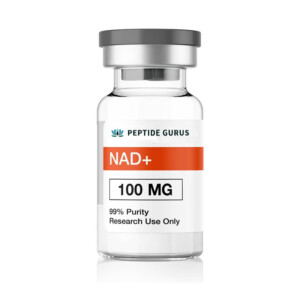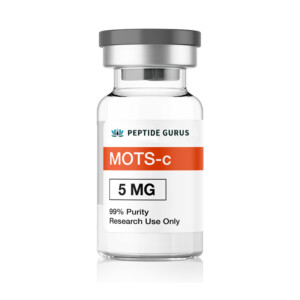The Vial Compact Line for Washing Recommendations is an essential part of maintaining the cleanliness and sterility of vials used in pharmaceutical and biotech industries. Proper washing of vials is crucial to ensure the safety and efficacy of the products they contain. In this article, we will provide detailed recommendations for washing vial compact lines to meet the highest standards of quality and compliance.

The first step in washing vial compact lines is to thoroughly inspect the equipment for any visible residue or contaminants. This includes checking the interior and exterior surfaces of the vial compact line, as well as the nozzles, valves, and other components. Any residue or contaminants should be removed using an appropriate cleaning agent and technique. It is important to follow the manufacturer’s guidelines for cleaning and maintenance to avoid damaging the equipment or compromising the washing process.
Once the vial compact line has been inspected and any visible residue or contaminants have been removed, it is time to prepare the washing solution. The washing solution should be compatible with the vial material and the products that were previously contained in the vials. It is important to use a detergent or cleaning agent that is specifically formulated for vial washing to ensure thorough and effective cleaning without leaving any residues or interfering with the sterilization process.
The next step is to load the vial compact line with the vials to be washed. Care should be taken to arrange the vials in a way that allows the washing solution to reach all surfaces inside the vials. It is important to avoid overcrowding the vial compact line to ensure adequate exposure of the vials to the washing solution. The loading process should be carried out with precision and attention to detail to avoid any damage to the vials or the equipment.
Once the vials are loaded into the compact line, the washing cycle can be initiated. The washing parameters, including the temperature, duration, and pressure, should be set according to the recommendations provided by the vial compact line manufacturer and the specific requirements of the products being washed. It is important to monitor the washing process closely to ensure that the vials are being cleaned effectively without being damaged or compromised in any way.
After the washing cycle is complete, the vials should be thoroughly rinsed to remove any traces of the washing solution. The rinsing process should be carried out using purified water or a suitable rinsing agent to ensure that no residues are left on the vials. It is important to pay attention to the rinsing parameters, such as the water quality, temperature, and duration, to achieve the desired level of cleanliness and sterility.

Once the vials have been washed and rinsed, they should be inspected again to ensure that they meet the required standards of cleanliness and sterility. Any vials that do not meet the standards should be reprocessed or discarded according to the established procedures. It is important to document the washing process and the results of the inspection to demonstrate compliance with the regulatory requirements and quality standards.
In addition to following these recommendations for washing vial compact lines, it is important to establish a comprehensive validation and monitoring program to ensure the effectiveness and consistency of the washing process. This includes conducting regular performance qualification and monitoring the critical parameters of the washing process to identify and address any deviations or issues that may affect the quality and safety of the vials and the products they contain.
By following these recommendations for washing vial compact lines, pharmaceutical and biotech companies can maintain the highest standards of cleanliness, sterility, and product quality. This not only ensures the safety and efficacy of the products but also helps to build trust and confidence among healthcare professionals and consumers. With a robust washing process in place, companies can minimize the risk of contamination, product recalls, and regulatory non-compliance, ultimately leading to improved patient outcomes and business success.
PeptideGurus is a leading supplier of American-made research peptides, offering top-quality products at competitive prices. With a focus on excellence and customer service, they ensure a secure and convenient ordering process with global shipping.
CONTACT